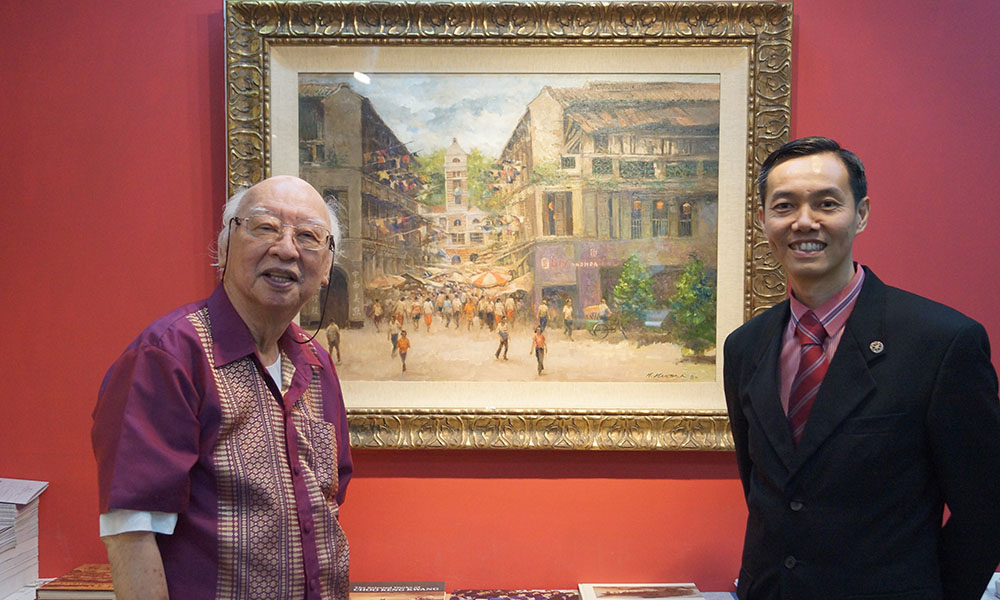By Kayla Toh
As compared to a decade ago, Singapore classrooms are getting more exciting. Students are learning gamification, 3D printing and coding; infused with an inquiry-based approach, these methods stimulate the imagination, nurture problem solvers and foster innovativeness in our next generation.
Experts stress the importance of teaching kids innovation. Staying innovative is the key to our future success in this challenging and competitive 21st-century economy. However, using technology to promote innovativeness in students is simply not enough. According to Dr Tony Wagner, an expert in residence at Harvard University’s new Innovation Lab, students must learn to analyse and solve problems, collaborate, persevere, take calculated risks and learn from failure—and how to innovate.
The responsibility of shaping future innovators does not only reside in schools and teachers; parents have a major role to play as well. Research has shown that children lose their creative thinking skills once they grow older. Also, when they reach adolescence, their thinking becomes mostly fixed. This means that it is easier to shape and train your kids’ creativity and innovation skills from young.
But Singaporean parents are famous for being ‘kiasu’ (afraid to lose out); they are also obsessed with their kids’ grades. This extreme emphasis on grades might block students’ ability to develop into innovators later in life, said Dr Tony Wagner.
How can parents in Singapore nurture their kids to succeed as innovators later in life? For a start, you can practise these six golden principles:
1) Create Freedom for Creative Thinking and Expression
Strict rules suppress creativity. Seven in 10 parents in Singapore invest hundreds of dollars every month in private tuition and set rules to restrict play time. However, to inculcate kids’ innovativeness, play time is crucial. When kids play, they use their imagination, which helps them explore their creative side needed for innovative thinking.
In a speech given on 28 Oct 2015, reported in TODAY, DPM Tharman urged giving children the space and freedom for their minds to ‘wander’ in their growing up years. This would shape a culture that fosters diversity, which could spur innovation.
Albert Einstein said, “Imagination is more important than knowledge. Knowledge is limited. Imagination circles the world,” and “to stimulate creativity, one must develop the childlike inclination for play.”
Hence, grant your kids the freedom and creative space to imagine. Explore new ideas and new ways of thinking – and most importantly, let your kids discover their own individualism and be supportive of your child’s uniqueness, divergent thinking and self-expression. Let your kids understand that it’s okay for them to be different.
You may wish to adopt these strategies:
a) Allocate creative space – like a specific little corner in your home – for painting, playing or building Lego. Don’t be afraid to get messy. For example, you can empower your kids to decorate or paint their walls with art or other forms of creative expression.
b) Foster a creative environment and give them the freedom to come up with different ideas. For example, ask your child to brainstorm activities for their birthday party. Motivate them to imagine all ideas and do not criticise. Our aim is to have them generate new ideas and think out of the box. If we are flummoxed, ask ‘why’ until we understand their point of view; normally, we are too quick to judge and that kills creativity.
c) Encourage “divergent thought”. Don’t be bossy; it is all right if they disagree with you. There are many solutions to a problem, so let them come up with more solutions to the same problem.
















